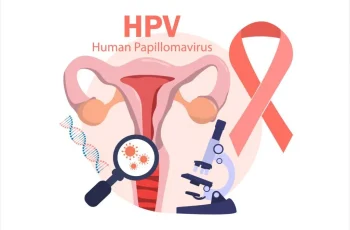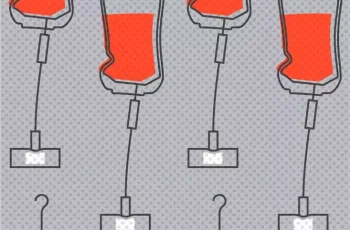Acute Myeloid Leukemia (AML) is an aggressive cancer of the blood and bone marrow, primarily affecting older adults, with an average diagnosis age of 69. It arises from the rapid growth of immature myeloblasts, disrupting healthy blood cell production and causing symptoms like fatigue, infections, and bleeding. Though rare—comprising 1% of cancers and a third of adult leukemias—AML’s impact is profound, with steady incidence rates of 4.2 cases per 100,000 annually from 2017-2021.

Risk factors include advanced age, smoking, exposure to toxins like benzene, prior chemotherapy, and genetic predispositions, though heredity is uncommon. Diagnosis involves symptom review, physical exams, blood tests, bone marrow biopsies, and cytogenetic analyses to detect genetic abnormalities.
Treatment starts with remission induction therapy to eliminate leukemia cells, followed by consolidation therapy to target residuals. Chemotherapy, using drugs like azacitidine and daunorubicin, is standard, while radiation or stem cell transplants may be used for some. Targeted therapies offer new options. Side effects, such as fatigue, infections, and graft-versus-host disease from transplants, vary, requiring close monitoring and management.
Prognosis depends on age, health, and leukemia traits. About two-thirds achieve remission with induction therapy, but the five-year survival rate is 31.9%, reflecting AML’s severity. Early detection and treatment are critical. Though rare, AML’s challenges underscore the need for awareness and research to improve outcomes.




